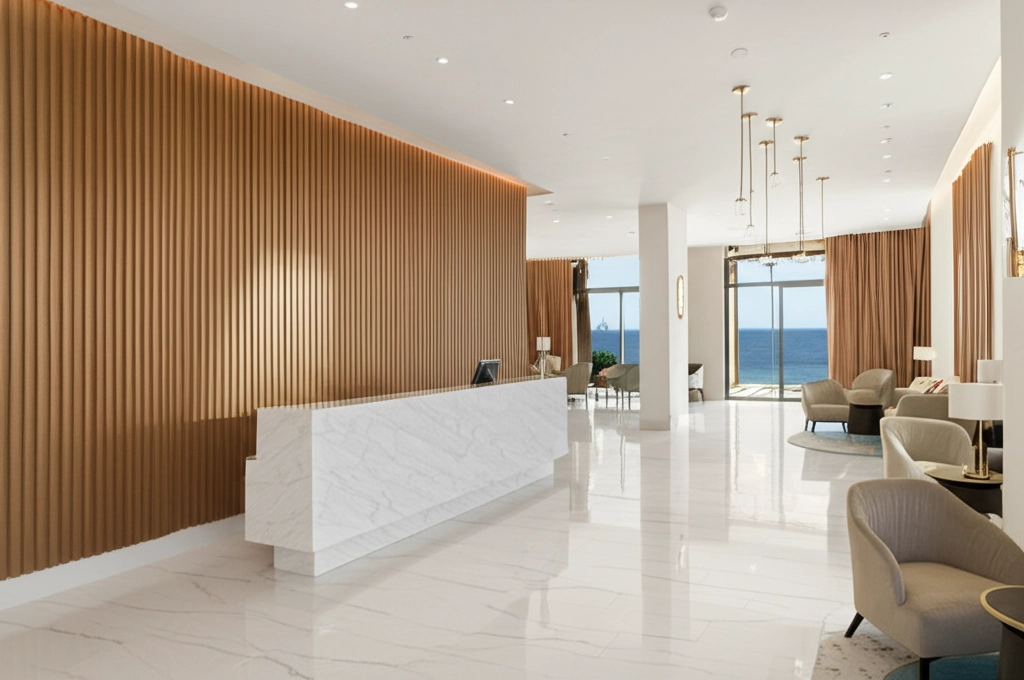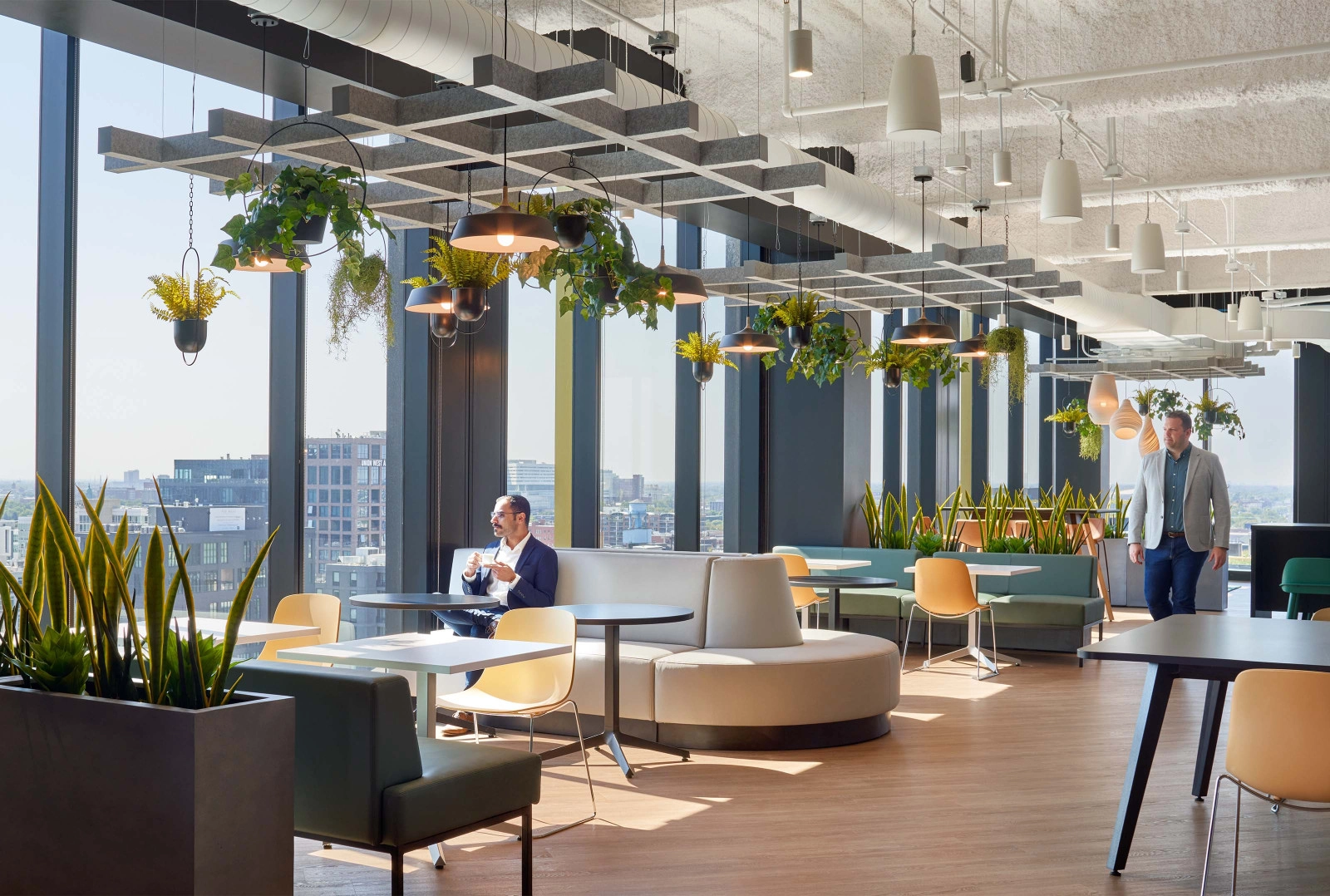When the Grand Marina Hotel needed to update their dated lobby without disrupting operations, they faced a significant challenge. Traditional renovation methods would have required closing the space for weeks, resulting in substantial revenue loss and guest inconvenience. Their solution? A complete transformation using high-quality interior films.
The Challenge
The hotel's 3,500-square-foot lobby featured dark wood paneling, outdated marble columns, and worn reception desks. Management wanted to create a brighter, more contemporary space that would impress guests and align with their refreshed brand identity. However, they could only afford to close the lobby for a maximum of three days.
The Solution
After consulting with interior design specialists, the hotel opted for a comprehensive interior film application. The project included applying wood-grain films in a light oak finish to wall panels, marble-patterned films to columns and the reception desk, and a subtle textured white film to ceiling elements.
A team of six installation specialists worked in shifts to complete the project within the 72-hour window. The work was scheduled from Friday night through Monday morning to minimize impact on business operations.
The Results
The transformation was remarkable. The lobby now features a bright, contemporary aesthetic that has received overwhelmingly positive feedback from guests and staff alike. The light wood tones and reflective surfaces make the space appear larger and more welcoming.
Cost and Time Savings
The interior film renovation cost approximately 40% less than a traditional renovation would have required. More significantly, the hotel avoided an estimated two weeks of lobby closure that would have been necessary with conventional methods, preventing substantial revenue loss during their peak season.
Long-Term Performance
Six months after installation, the surfaces remain in excellent condition despite the high-traffic environment. Maintenance staff report that the films are easier to clean than the previous surfaces and show fewer fingerprints and marks. The hotel has now planned similar renovations for their restaurant and conference facilities.
This case study demonstrates how interior films can provide an efficient, cost-effective solution for commercial spaces that need updating without extended downtime. The combination of aesthetic transformation, minimal disruption, and long-term durability made this approach ideal for the hospitality environment.




